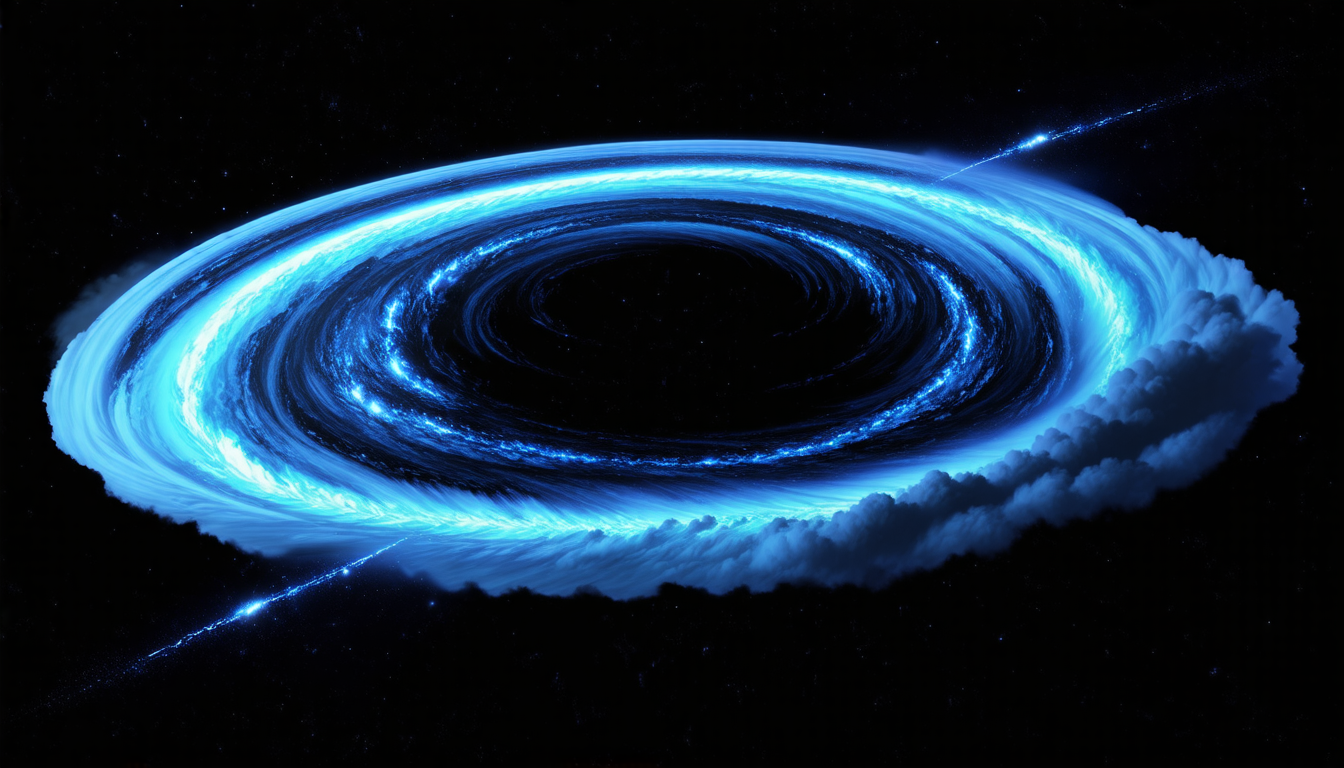Wednesday 23 April 2025
In a recent study, scientists have made significant progress in understanding the complex dynamics of magnetized turbulence in the interstellar medium (ISM). The ISM is the material that fills the space between stars and galaxies, and it’s a crucial component of the universe. Understanding how it behaves is essential for grasping many astrophysical phenomena.
Turbulence is a common feature of fluids, including plasmas like the ISM. It arises when there are irregular motions within the fluid, leading to chaotic behavior. In the case of the ISM, turbulence plays a vital role in shaping its structure and influencing the formation of stars and planets.
The study focused on the interaction between magnetic fields and turbulent flows in the ISM. Magnetic fields are essential for many astrophysical processes, but they can also affect the dynamics of turbulence. The researchers used advanced computer simulations to model this interaction and gain insights into how it shapes the ISM.
One key finding was that the strength of the magnetic field has a significant impact on the behavior of turbulence. When the magnetic field is strong, it can suppress turbulent motions, leading to more ordered structures in the ISM. However, when the magnetic field is weak, turbulence can dominate and create chaotic patterns.
The study also revealed that there are two distinct regimes of magnetized turbulence in the ISM. In one regime, the magnetic field is strong enough to control the dynamics of turbulence, while in the other regime, turbulence dominates and the magnetic field plays a lesser role. This understanding is crucial for predicting how the ISM will behave under different conditions.
The researchers also explored how the properties of the ISM, such as its density and temperature, affect magnetized turbulence. They found that changes in these properties can influence the transition between the two regimes and impact the overall behavior of turbulence.
This study has significant implications for our understanding of the ISM and its role in shaping the universe. By better grasping the dynamics of magnetized turbulence, scientists can improve their predictions of astrophysical phenomena and gain new insights into the evolution of galaxies and stars.
In addition to advancing our understanding of the ISM, this research also has practical applications. For example, it can inform the design of future telescopes and instruments that will study the ISM in greater detail. It can also provide valuable insights for the development of new technologies, such as those used in fusion energy production.
Cite this article: “Turbulent Dance: Unlocking the Secrets of the Interstellar Medium”, The Science Archive, 2025.
Magnetized Turbulence, Interstellar Medium, Plasma Physics, Astrophysics, Turbulence Modeling, Magnetic Fields, Star Formation, Planetary Formation, Galaxy Evolution, Fusion Energy Production







